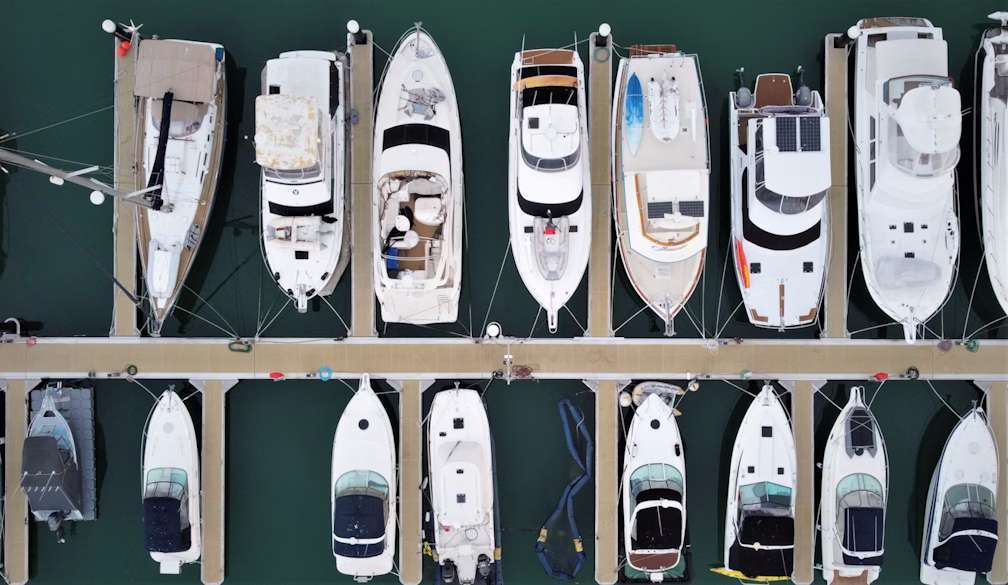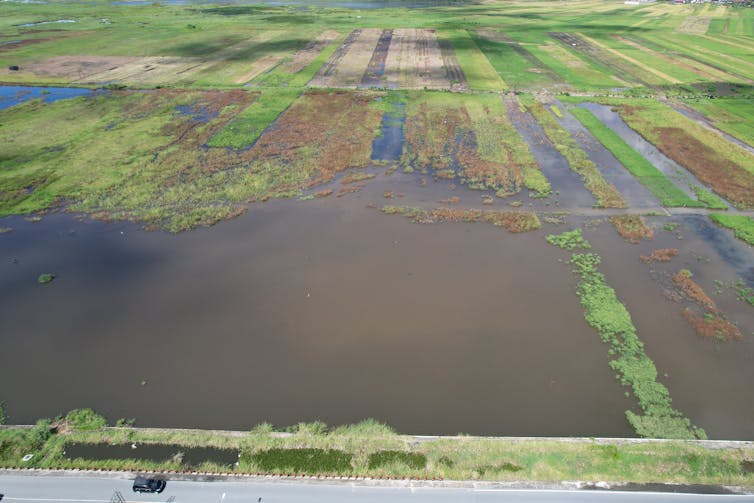The Essential Guide to Bait Boards for Boats

Fishing enthusiasts know that having the right equipment can make all the difference between a successful day on the water and a frustrating one. Among the many tools that serious anglers rely on, bait boards for boats stand out as one of the most practical and useful accessories. Whether you’re targeting saltwater species offshore or casting lines on a freshwater lake, a good bait board helps keep your workspace organized, clean, and efficient.
What Are Bait Boards for Boats?
Simply put, bait boards for boats are flat surfaces specifically designed to help anglers prepare and handle bait while fishing. These boards are typically mounted on the boat and provide a stable, durable area for cutting, cleaning, and rigging bait. Unlike makeshift surfaces, bait boards are crafted to withstand exposure to water, salt, and fish slime while being easy to clean after use.
Many bait boards come with integrated features such as measuring rulers, cutting grooves, and holders for knives or tools. These added functionalities make them far more than just flat boards—they become central workstations on the boat that streamline bait preparation and improve overall fishing efficiency.
Why Every Angler Needs a Bait Board
Preparing bait properly is crucial for a successful fishing trip. Without a dedicated space, anglers often resort to using boat seats, cooler lids, or even their laps, which can be messy and unsafe. Bait boards for boats provide a hygienic, organized area that keeps bait contained and prevents damage to other boat surfaces.
Having a designated bait preparation area also improves safety. Handling sharp knives or hooks on unstable surfaces increases the risk of accidents. A bait board offers a solid, slip-resistant platform that helps reduce these risks.
For anglers fishing in groups, a bait board can serve as a communal station, making it easier for everyone to share bait and tools without crowding or confusion.
Types of Bait Boards for Boats
Not all bait boards are created equal, and choosing the right one depends on your fishing style, boat type, and personal preferences. Some boards are simple, portable designs that can be removed and stored when not in use. Others are custom-built or permanently installed on the boat’s gunwale, transom, or console.
Materials vary widely—common options include high-density polyethylene (HDPE), teak, and marine-grade plastics. HDPE boards are popular due to their durability, resistance to stains and odors, and ease of cleaning. Teak bait boards offer a more traditional, aesthetic look and can double as cutting and serving surfaces, but require regular maintenance to keep their condition.
Size is another important factor. Smaller bait boards are ideal for kayaks or small boats where space is limited, while larger boards provide ample room for cutting bigger baitfish and managing multiple hooks and rigs.
Features That Make Bait Boards More Functional
Many modern bait boards for boats come with handy extras that boost their usefulness. Measuring rulers etched into the surface allow you to quickly size baitfish or comply with local fishing regulations. Some boards include built-in grooves or channels that help drain water and prevent messes from pooling on the surface.
Integrated knife holders keep sharp tools secure and within easy reach, reducing the risk of dropping knives overboard. Some designs even feature removable trays or compartments for collecting fish guts and waste, making cleanup faster and more efficient.
If you often fish in low light conditions, some bait boards come with mounting points for LED lights or reflective strips, enhancing visibility when preparing bait at dawn or dusk.
How to Install and Maintain Your Bait Board
Installation depends largely on the type of bait board you choose. Permanent boards may require drilling into the boat’s structure and securing with bolts or screws. Many anglers prefer portable or clip-on bait boards that can be easily attached to railings or cleats and removed for storage or cleaning.
Maintenance is relatively straightforward. Rinse your bait board thoroughly with fresh water after each use to remove salt, fish residue, and debris. For stubborn stains or odors, mild soap and a soft brush will keep the surface clean without damaging the material.
For wooden bait boards, periodic oiling or sealing is necessary to prevent cracking and warping due to exposure to saltwater and sunlight. Plastic and synthetic boards generally require less upkeep but should still be regularly inspected for cracks or wear.
Choosing the Right Bait Board for Your Boat
When selecting bait boards for boats, consider your fishing habits first. Are you mostly fishing offshore for larger species or sticking to inshore waters? Do you prefer casting or trolling? The answers help determine the ideal size, material, and features for your bait board.
Space aboard your boat is another major consideration. Smaller boats benefit from compact or foldable designs, while larger vessels can accommodate expansive boards with additional tool storage and prep areas.
Don’t forget to factor in your budget. While high-end custom boards come with premium features and aesthetics, there are plenty of affordable, practical options that deliver excellent performance for everyday anglers.
Enhance Your Fishing Experience with the Right Bait Board
Investing in quality bait boards for boats transforms how you prepare bait and manage your fishing gear. The convenience, safety, and organization provided by these boards save time and hassle, letting you focus more on fishing and less on cleanup.
No matter your experience level, a reliable bait board is a smart addition to any boat. It’s a small upgrade that delivers big benefits—making every fishing trip smoother, more efficient, and ultimately more enjoyable.





